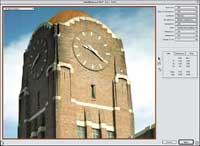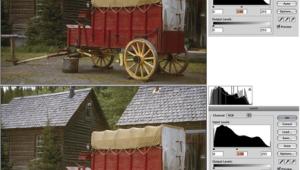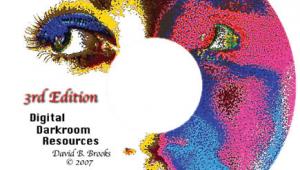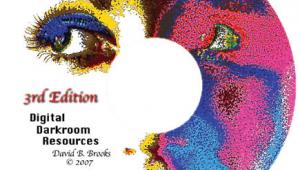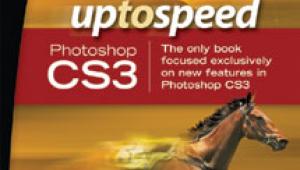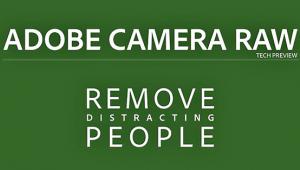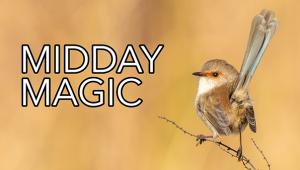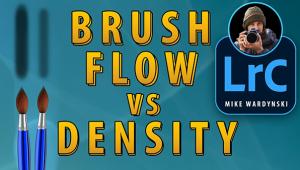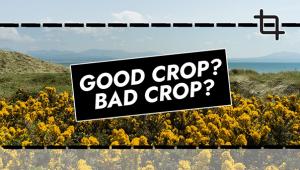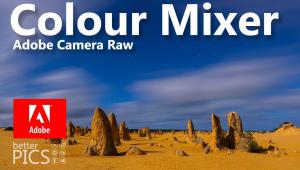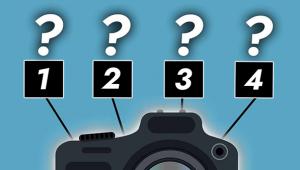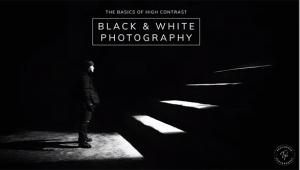Giclee
Fine Art Printing Of Digital Images
Giclee (pronounced "zhee-clay")
is a French word meaning "to spray on" or "to sputter."
Giclee reproductions were originally developed in 1989 as a plateless
method for fine art printing using large format ink jet printers and
watercolor with art quality papers, including canvas. Output from the
giclee process can reproduce more than five million colors. It features
vibrant color and fine detail, combined with the texture of the paper
that's used. |
|||
Why Giclee?
In the world of fine art digital printing, giclee images are scanned,
perhaps manipulated, and then stored in a computer before being sent to
a high resolution, ink jet printer. Unlike other reproduction methods,
each image is individually sent to the printer, which creates the kind
of slight color variations from piece to piece that fine art buyers and
gallery patrons look for in limited edition artwork. Most service bureaus
that offer this let you order as many prints as needed without having
to pay a large advance, then you have to deal with the storage problems
associated with traditional lithography. This means you can test market
a new image without committing to printing a large edition and paying
for a great number of prints. Because they allow you to control your cash
flow better, giclee reproductions are the perfect medium for aspiring
fine art photographers. For example, you can order just one print to frame
and use as a display piece. As orders roll in, you can have others printed
in large or small quantities. To help save money, most service bureaus
will let you print smaller images either two up or four up on one sheet
for the single-sheet price. |
|||
Preparing Files For
Fine Art Printing. The best way to get quality results from a
service bureau is to provide them with digital files in a format that
they know will produce the best output. In discussing the production of
fine art prints with various service bureaus, I obtained to the following
suggestions. These are general guidelines and you should check with your
specific service bureau before submitting any file for printing. |
|||
Media. When
submitting files, most services bureaus accept projects stored on Iomega
Zip or Jaz, SyQuest 44/88/200/105/270 cartridges, floppy disks, 128M and
650M/1.3G Magneto-Optical (MO) cars, CD-ROM, Bern-oulli, and of course,
via the Internet. I would not be surprised, given the popularity of the
floppy-less Power Macintosh G3, that many service bureaus will also be
accepting images saved on Imation's 120MB SuperDisk cartridges. |
|||
When running your initial test
prints you should be aware that the printer driver decides how much ink
to spray based on the kind of paper that you have selected. Since art
and watercolor paper are not the normal choices, you're going to
have to experiment with the available choices to find one that works.
You may even find that none of them will work with the porous watercolor
paper you have selected. Don't panic. If that's so, it's
time to go deeper inside your driver and look for sliders that allow you
to control the amount of ink or saturation that you can apply. Fine Art Digital Printing On The Web Iris and other large format
ink jet printers are far too expensive for many people to afford. Many
service bureaus--some of which specialize in the creation of fine art
images--offer services that allow the average photographer to take advantage
of this technology. By no means are these service bureaus the only ones
offering fine art imaging. To find one in your area, check your local
Yellow Pages for commercial photo labs. You can also use the World Wide
Web to search for giclee printers, which is how I found the companies
listed here. The following list contains contact information on some companies
I found while doing research for this article and their listing here does
not qualify as an endorsement by me or Shutterbug. Visit the company's
individual web sites to get information or call them about their policies
and practices. Each one does business a little differently and what some
include as standard others may offer as options. Adobe Systems Inc. ENCAD, Inc Epson America, Inc. Extensis Corporation Hewlett-Packard Co. Iris Graphics Roland DGA Corporation |
- Log in or register to post comments
